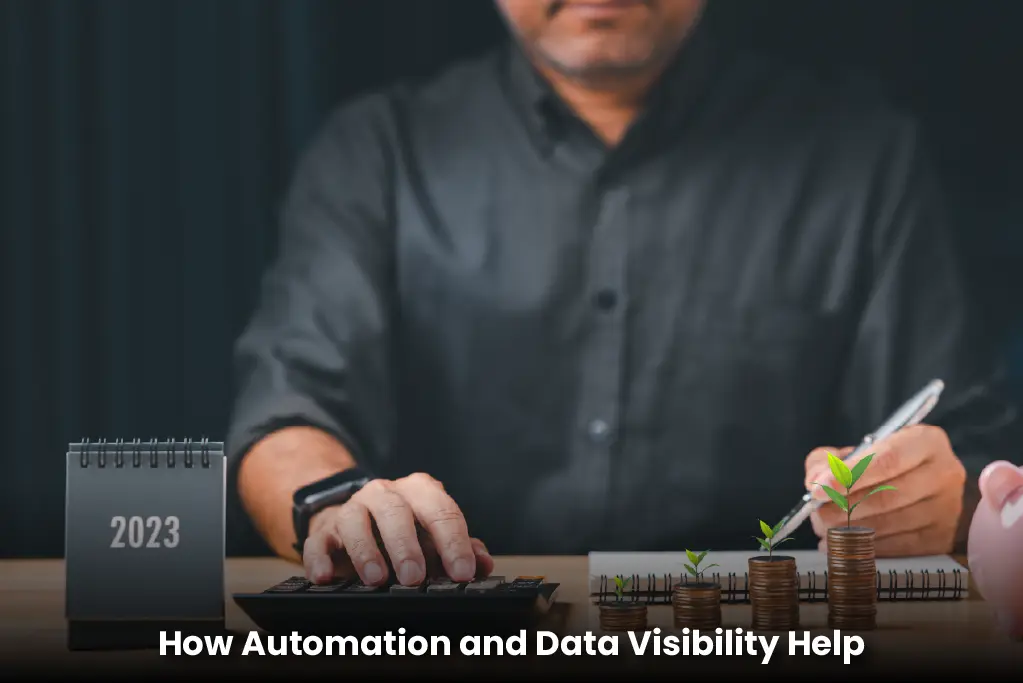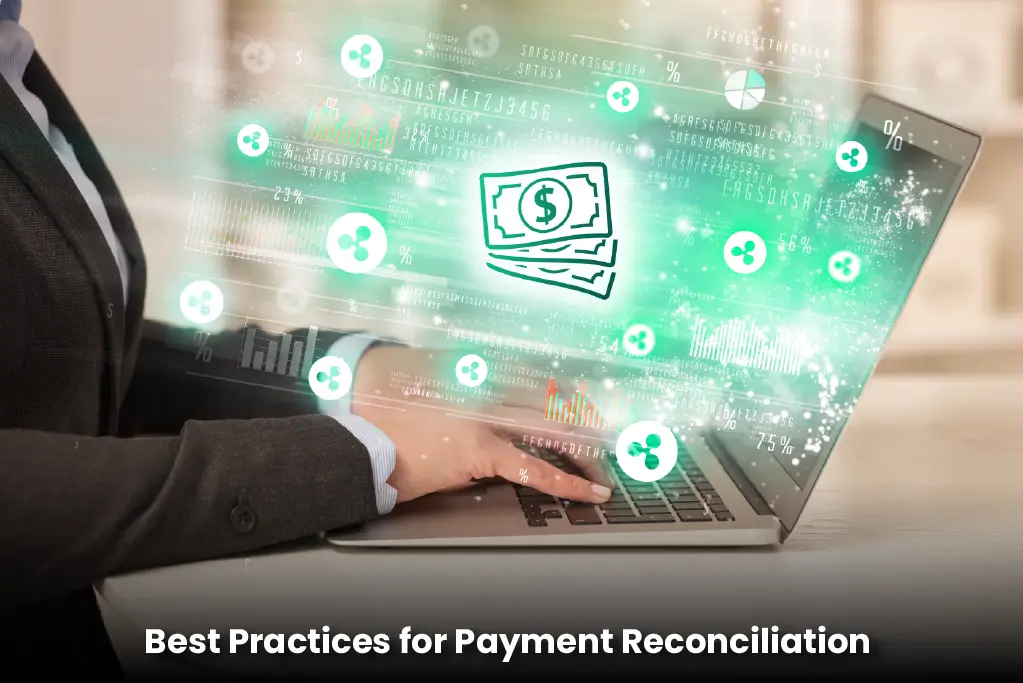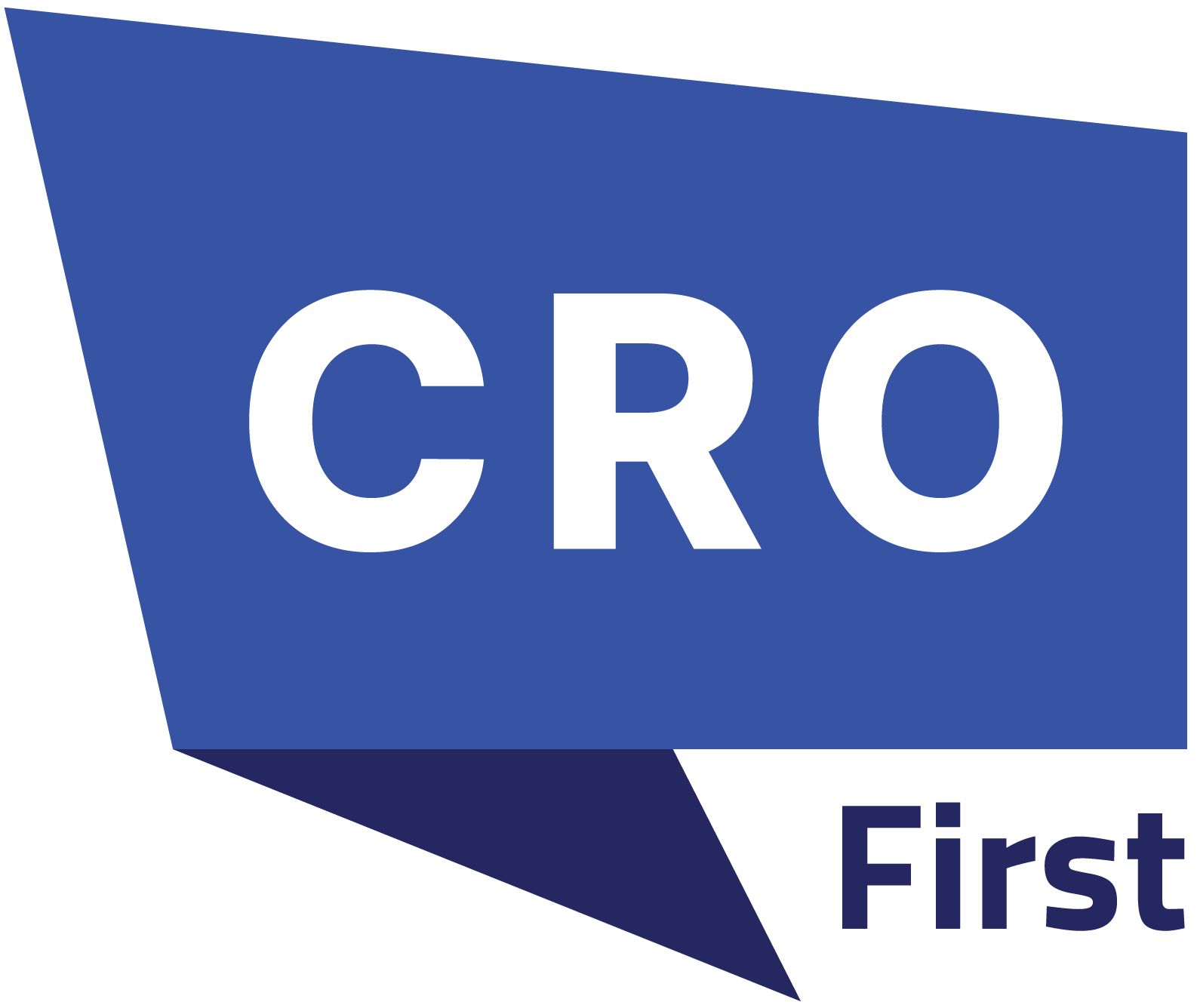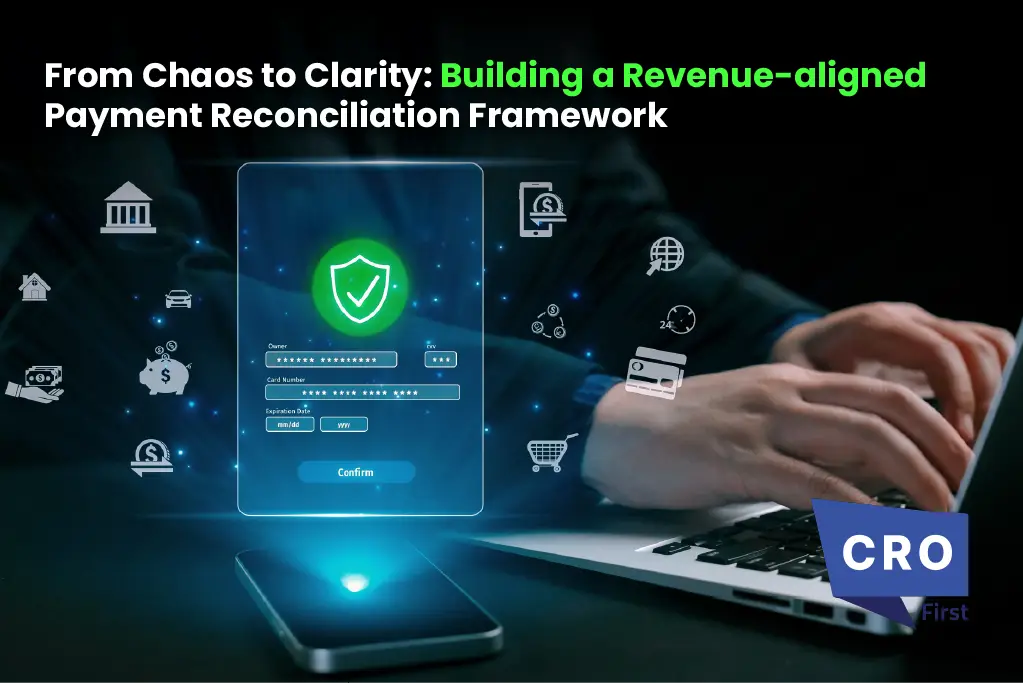Every business needs to know where its money comes from and goes. This is key to growth and sustainability. Payment reconciliation helps companies check if their payment records match their bank statements & other financial documents. This gives accurate financial reporting and clear cash flow visibility. But, manual workflows, scattered data, and delays in finding errors can make this task difficult for firms. They are better able to handle their finances when payment reconciliation is made simpler and automated. It transforms this procedure from a cause of misunderstanding into a basis for revenue alignment.
What is Payment Reconciliation?
It’s the process of matching and verifying payments a business makes or receives with their internal financial records. It ensures each transaction in the accounting system matches external documents like bank statements or payment processor reports. This involves checking details like amounts, dates and descriptions. Any differences are resolved to ensure financial statements reflect the company’s true cash position. It’s like comparing your receipts to your bank statement to ensure every dollar is accounted for.
Why is Payment Reconciliation Important?
It helps in maintaining financial health. You’ll also have a clear picture of your financial transactions. Matching and verifying payments regularly will help you find errors like duplicate transactions or missing payments. This helps flag any unauthorized activity. It will also reduce fraud and financial loss.
Points to understand:
- It catches mistakes or unauthorized payments early.
- It ensures reports are correct and helps businesses make better decisions.
- Knowing what money is coming in and going out helps businesses pay vendors on time.
- Proper reconciliation helps with audits and following laws.
- It shows where processes can be better and saves time & money.
Payment reconciliation is not just about balancing numbers. It helps businesses protect their resources, stay compliant, and run smoothly. Consistent and accurate reconciliation maintains financial stability and growth.
How to do Payment Reconciliation?
Payment reconciliation only seems complex. Following a clear, step-by-step process makes it manageable and accurate. Gather all necessary documents first. This includes internal records like invoices and receipts. External statements include bank records and payment processor summaries. Next, carefully match each internal transaction with its corresponding entry in the external documents. Check key details like amounts and dates for alignment.
Determine any missing, duplicate, or inaccurate transactions after matching. Timing problems, data input mistakes, or unrecorded fees are frequently the causes of these discrepancies. Every disparity should have its underlying reason looked into. Coordinating with banks or vendors and making the required adjustments are part of this stage.
Now balance the internal records and external statements. Document everything for transparency. Have a manager or supervisor review and approve the reconciliation report. So you can improve overall financial management, catch errors early and have accurate financial records with this process.
Why Do Payment Reconciliations Take So Long?
Delays in payment reconciliation hamper a company’s financial accuracy and cash flow management Knowing the common causes of these delays helps improve the process and get financials on time. So why does reconciliation get delayed:
- Depending on spreadsheets and manual data entry slows everything and increases errors as transaction volumes grow.
- Payment data is spread across multiple gateways, regions or systems. This makes it hard to track and consolidate information.
- Different banks and payment providers have different processing times. This causes a timing mismatch that messes up cash flow forecasting.
- Inconsistent processes and unclear roles create miscommunication among team members.
Fixing these root causes requires advanced technology and process improvements. Automation tools, standardized reconciliation templates, clear policies and regular staff training can reduce reconciliation time and errors by a lot. You can get accurate and timely financials, minimal human labor, and fast reconciliation. This means better cash flow visibility and more confident decision making.
How Automation and Data Visibility Help

Businesses are dealing with more and more payment transactions now. Automation and data visibility help streamline payment reconciliation. These reduce manual work, increase accuracy, and give better visibility into cash flow.
How Automation Transforms Payment Reconciliation
Automated systems electronically match payments to invoices or accounts. It cuts down on time and reduces common mistakes during manual entry.
Interactive dashboards offer instant visibility into cash positions, overdue payments, and unresolved issues. Thus, it enables proactive management.
Automated tools easily handle growing transaction volumes and complexity without the need for additional staff or suffering bottlenecks.
Advanced AI-powered platforms can predict likely matches, automatically resolve exceptions, and post entries. This significantly reduces manual intervention. A report by PwC UK indicates that AI can improve the accuracy of financial reconciliations by more than 50%, significantly reducing the risk of errors and fraud.
Data Visibility as a Key Enabler
Combining payment data from multiple sources like point-of-sale systems, banks and payment processors helps to consolidate. With strong reporting and analytics tools it reduces data fragmentation, speeds up decision making and accuracy. Businesses can do this by automating and increasing data visibility. That means faster reconciliation cycles, fewer errors and better financials so they can make smarter real-time decisions to grow.
Case Studies & Recent Developments in Payment Reconciliation
Many companies have automated their payment reconciliation processes and seen great results. These examples show how automation reduces manual effort, increases accuracy, and speeds up reconciliation times. It shows how companies can grow and improve their financial management.
7-Eleven automated reconciliation for over 3,400 stores across multiple gateways and POS systems. This reduced reconciliation time from days to minutes and saved thousands of manual hours.
An insurance provider used Robotic Process Automation (RPA) to automate policy payment reconciliation and achieved a 2/3 reduction in processing time and improved accuracy.
A hotel chain implemented AI-powered reconciliation across 1,700+ entities and reached 97% automation and reduced month-end workload.
Forage, a payment tech company, used secure tokenized payment vaults to normalize transaction data across multiple payment service providers. This simplified reconciliation and enhanced data access.
This indicates how automation accelerates reconciliation, enhances data consistency and minimizes operational bottlenecks. It also assists organizations in adopting established automation methodologies and streamlining payment reconciliation as a quicker, more accurate and less manual process. This translates to enhanced financial control, compliance and trust in financial reporting.
Best Practices for Payment Reconciliation

Payment reconciliation keeps your business operating efficiently. To cut down on mistakes and boost productivity, adhere to the following recommended practices:
Conduct Regular Reconciliation: To identify inconsistencies early, perform monthly, weekly, or daily reconciliations for businesses with a high transaction volume.
Standardize Procedures and Templates: To prevent misunderstandings and mistakes, use the same forms and follow the same procedures across teams.
Divide Up the Work: To improve security, assign distinct individuals to handle transaction entry and reconciliation.
Use Automation Tools: Invest in ERP-agnostic or AI-driven software that automates matching and reporting to speed up the process and add accuracy.
Document Everything: Keep detailed audit trails for all adjustments, exceptions, and resolutions to keep things transparent and for future reviews.
Train and Upskill Staff: Continuously educate your teams on new tools, emerging fraud risks, and process improvements to perform better.
Review and Improve: Monitor your Key Performance Indicators (KPIs) and update your processes for business growth and changing regulations.
By consistently applying these best practices, businesses can transform payment reconciliation from a chore into a reliable process. This reduces financial risk and errors. It is better for financial reporting and stakeholder confidence. Continuous improvement and technology adoption help companies stay agile and competitive in today’s market.
Conclusion
Reconciliation is key to good finances and cash flow. Many businesses have manual processes and scattered data. This means delays and risk. Automation can help. It gives data visibility and best practices. This speeds up reconciliation, reduces errors and gives a clearer view of finances. Successful businesses have a solid reconciliation framework. This builds trust and drives growth, transforming an admin task into a competitive advantage.

